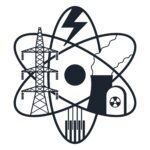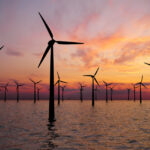The U.S. Department of Energy’s (DOE) National Renewable Energy Laboratory released the Distributed Wind Energy Futures Study, which details the high potential to profitably deploy nearly 1,400 GW of distributed wind capacity across the U.S. . This equates to more than half of the nation’s current annual electricity consumption.
“As this study illustrates, distributed wind energy could bring clean power to millions of American households,” said Principal Deputy Assistant Secretary for Energy Efficiency and Renewable Energy Kelly Speakes-Backman in a statement. “By realizing this potential, we can help local communities drive their own paths to a clean energy future and support national progress toward our climate goals.”
Distributed wind energy is connected to local electricity distribution networks and can provide onsite energy to businesses, farms, homes, and other users. It can help communities transition to carbon-free electricity while also reducing reliance on the nation’s already constrained transmission system. Approximately 1.1 GW of distributed wind capacity is currently installed in the U.S.
The study identifies states in the nation’s Midwest and Heartland regions as having the largest potential for distributed wind due to the combination of high wind speeds and sufficiently high retail electricity rates. The Pacific and Northeast regions also have significant potential for expansion of “behind-the-meter” distributed wind deployments, where the distributed wind system directly offsets a specific end-user’s consumption of retail electricity supply.
There are also significant opportunities to expand distributed wind in disadvantaged communities, identified as census areas with a high risk for environmental hazards and/or areas that include high proportions of low-income households. This is particularly true in the coming decade for behind-the-meter deployments in states such as Texas, Montana, Michigan, and New Mexico, potentially creating a means to reduce energy burden in these communities.
NULL




